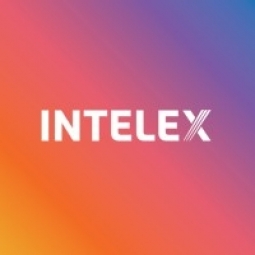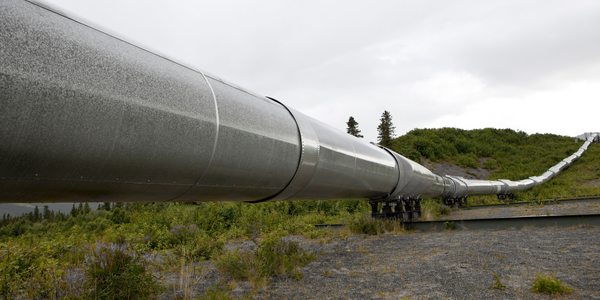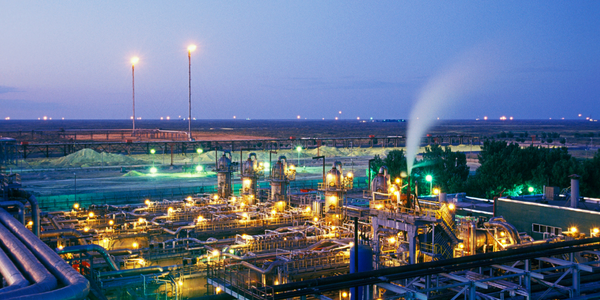Region
- America
Country
- Canada
Product
- Intelex’s Safety Management System (SMS)
- Intelex Document Control System
- Intelex iForm System
Implementation Scale
- Enterprise-wide Deployment
Impact Metrics
- Productivity Improvements
- Employee Satisfaction
Technology Category
- Functional Applications - Remote Monitoring & Control Systems
Applicable Industries
- Oil & Gas
Applicable Functions
- Maintenance
- Quality Assurance
Use Cases
- Remote Asset Management
- Regulatory Compliance Monitoring
Services
- System Integration
- Training
About The Customer
The customer is a Canadian pipeline company. The company was facing challenges in improving efficiency in processing integrity concerns, including health and safety issues. They required a reliable system that could withstand the scrutiny of an external auditing process. The company also needed a way to make internal documentation and procedures accessible organization-wide. They desired a system that could encompass health and safety standards while ensuring overall regulatory compliance.
The Challenge
The Canadian pipeline company was seeking a means of improving efficiency in processing integrity concerns, including health and safety issues. They required a reliable system that could withstand the scrutiny of an external auditing process. The company also needed a way to make internal documentation and procedures accessible organization-wide. They desired a system that could encompass health and safety standards while ensuring overall regulatory compliance.
The Solution
The company implemented Intelex’s Safety Management System (SMS) targeting timely and accurate processing of health and safety related issues. The Intelex System was uniquely configured to suit several specific risk areas of the business. In-depth training provided by the Intelex Client Services Team facilitated understanding of the configured workflow, responsibilities, and tasks received through the system. The use of the Document Control System allowed appropriate literature to become available to employees organization-wide. The company also plans to utilize the iForm System to further enhance specific risk management processes.
Operational Impact

Case Study missing?
Start adding your own!
Register with your work email and create a new case study profile for your business.
Related Case Studies.

Case Study
Taking Oil and Gas Exploration to the Next Level
DownUnder GeoSolutions (DUG) wanted to increase computing performance by 5 to 10 times to improve seismic processing. The solution must build on current architecture software investments without sacrificing existing software and scale computing without scaling IT infrastructure costs.

Case Study
Remote Wellhead Monitoring
Each wellhead was equipped with various sensors and meters that needed to be monitored and controlled from a central HMI, often miles away from the assets in the field. Redundant solar and wind generators were installed at each wellhead to support the electrical needs of the pumpstations, temperature meters, cameras, and cellular modules. In addition to asset management and remote control capabilities, data logging for remote surveillance and alarm notifications was a key demand from the customer. Terra Ferma’s solution needed to be power efficient, reliable, and capable of supporting high-bandwidth data-feeds. They needed a multi-link cellular connection to a central server that sustained reliable and redundant monitoring and control of flow meters, temperature sensors, power supply, and event-logging; including video and image files. This open-standard network needed to interface with the existing SCADA and proprietary network management software.

Case Study
Refinery Saves Over $700,000 with Smart Wireless
One of the largest petroleum refineries in the world is equipped to refine various types of crude oil and manufacture various grades of fuel from motor gasoline to Aviation Turbine Fuel. Due to wear and tear, eight hydrogen valves in each refinery were leaking, and each cost $1800 per ton of hydrogen vented. The plant also had leakage on nearly 30 flare control hydrocarbon valves. The refinery wanted a continuous, online monitoring system that could catch leaks early, minimize hydrogen and hydrocarbon production losses, and improve safety for maintenance.










